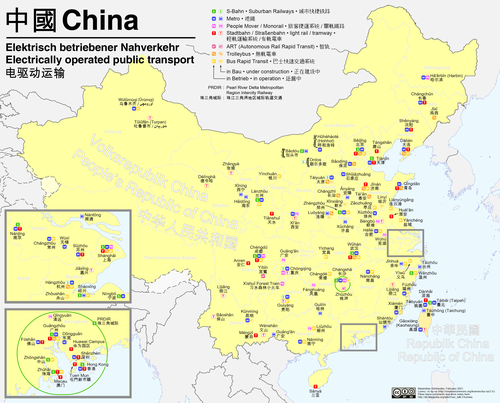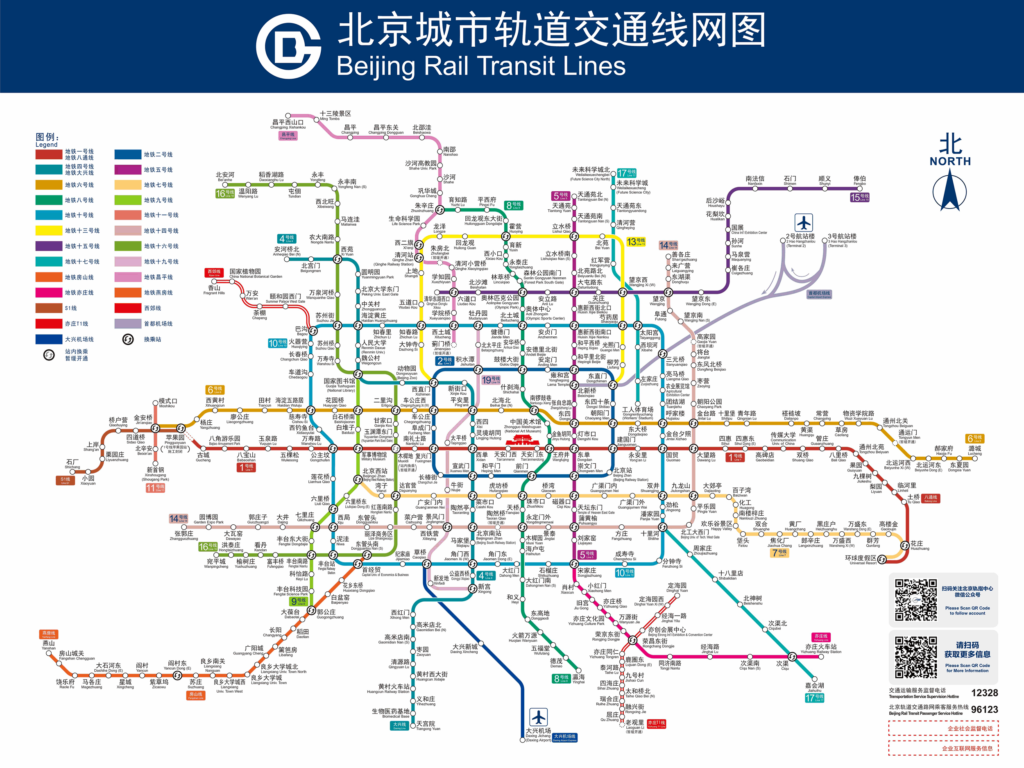Exploring China’s Metro Systems as a Backpacker
Welcome, fellow adventurers! Here at jusha.travel, we love sharing tips to make your China journey unforgettable. If you’re anything like us, you thrive on efficient and affordable travel, especially when navigating sprawling metropolitan areas. And when it comes to urban exploration in China, there’s one mode of transport that stands head and shoulders above the rest for backpackers: the metro. China’s incredible Metro Systems aren’t just a way to get from A to B; they’re an integral part of the travel experience, offering a glimpse into the rhythm of daily life and providing unparalleled access to the country’s bustling cities. In this post, we’ll dive deep into how you can leverage China subways for seamless urban travel, ensuring your backpacking adventure is both efficient and budget-friendly.
 The Unparalleled Efficiency of China Subways
The Unparalleled Efficiency of China Subways
Imagine arriving in a new city, map in hand, ready to explore. Now imagine doing so without the stress of deciphering bus routes or the expense of taxis. That’s the beauty of China’s metro networks. From Beijing’s extensive web to Shanghai’s intricate labyrinth and Guangzhou’s rapid lines, these systems are a testament to China’s commitment to modern infrastructure. They are, without a doubt, the most reliable and efficient way to explore any major Chinese city. The sheer scale of these networks is astounding; many cities boast hundreds of stations and dozens of lines, connecting almost every major attraction, business district, and residential area. This makes them ideal for backpacking China, allowing you to cover significant ground without breaking a sweat or your wallet. Navigating them is surprisingly straightforward, even if you don’t speak Mandarin. Most stations have clear signage in English, ticket vending machines offer English language options, and station staff are usually helpful, even with a language barrier. Plus, consistent announcements and digital displays on trains keep you informed of your journey’s progress.
One of the most remarkable aspects of China’s metro systems is their cleanliness and safety. Stations and trains are meticulously maintained, often sparkling clean, and security is a top priority with baggage scans at entrances and vigilant staff. This level of organization and safety provides immense peace of mind for travelers, especially those venturing out solo or with valuable gear. When planning your route, consider downloading a local metro app (many are available for various cities, often with real-time updates and route planners) or using a mapping service like Apple Maps or Baidu Maps (if you can navigate the Chinese interface) that integrates public transport options. This proactive approach will significantly enhance your city navigation experience.
 Budget Transportation: Your Wallet’s Best Friend
Budget Transportation: Your Wallet’s Best Friend
For any backpacker, every yuan counts. This is where China’s metro systems truly shine as a form of budget transportation. A single ride, even across a significant distance, rarely costs more than a few RMB, making it incredibly economical compared to taxis or ride-hailing services. For example, a journey that might cost you 50-100 RMB by taxi could often be just 3-8 RMB on the metro. Over the course of a day or a week, these savings add up substantially, freeing up your budget for delicious street food, entrance fees to historical sites, or perhaps a comfortable hostel bed.
To maximize your savings and convenience, consider purchasing a transit card if you plan on staying in a city for more than a couple of days. Many cities offer rechargeable cards (like the Beijing Yikatong or Shanghai Public Transportation Card) that can be used on subways, buses, and sometimes even ferries. These cards often come with a small refundable deposit and can save you the hassle of buying single-journey tickets for each trip. While less common now, some older card systems might even offer a slight discount per ride. Even if you don’t opt for a card, the ticket purchasing process is typically intuitive, with touchscreen machines offering English options and displaying fare zones clearly. Always have some small bills or coins handy, though most machines now accept mobile payments via WeChat Pay or Alipay, which are incredibly prevalent in China.
Beyond the direct cost, consider the time savings. While traffic in Chinese cities can be notoriously unpredictable, metro trains run on a strict schedule, unaffected by surface congestion. This punctuality means you can plan your day with confidence, knowing exactly when you’ll arrive at your next destination. This efficiency is invaluable when trying to fit in multiple attractions into your daily itinerary while backpacking China.
City Navigation: More Than Just a Map
Mastering city navigation in China’s sprawling metropolises might seem daunting at first, but with the comprehensive Metro Systems, it becomes an enjoyable challenge. The key is understanding the logic behind the network. Firstly, familiarize yourself with the station names of your key destinations. While English translations are common, having the Pinyin or Chinese characters can be helpful, especially when asking for directions or double-checking signs.
Each station typically has multiple exits, often numbered (A, B, C, etc.) and clearly indicating the major landmarks or streets accessible from that exit. Taking a moment to check the exit map before leaving the station can save you precious time and walking. Many stations also feature integrated shopping areas, food stalls, and even underground pedestrian walkways, allowing you to maximize your exploration even before you emerge onto the street level. This integrated design is part of the efficient urban travel experience China offers.
Don’t be afraid to ask for help! While English proficiency may vary, most Chinese people are incredibly willing to assist a lost traveler. Pointing to your destination on a map or even using a translation app can often bridge the communication gap. Furthermore, observing local commuters can offer insights into the flow of the system. While trains can get incredibly crowded during rush hours (especially in cities like Beijing and Shanghai), off-peak travel offers a more relaxed experience, allowing you to observe daily life unfold around you – a truly authentic backpacking insight. Remember, the metro isn’t just about getting somewhere; it’s about experiencing the vibrant pulse of Chinese city life.
Beyond the Tracks: Cultural Observations and Tech Integration
Riding the metro in China is a cultural experience in itself. It’s a microcosm of modern China, where ancient traditions meet cutting-edge technology. You’ll observe commuters glued to their smartphones, playing games, watching videos, or engaging in animated video calls – a testament to China’s ubiquitous mobile technology. You’ll also notice the incredible diversity of people, from business professionals to students to elderly residents, all sharing the same public space. This is a prime opportunity for cultural observation, offering insights into daily routines and social interactions that you might miss otherwise.
The integration of technology into the Metro Systems is also incredibly impressive. As mentioned, mobile payment using WeChat Pay or Alipay is almost universally accepted for tickets, making payments seamless even without cash. Facial recognition for entry is even being trialed in some cities, showcasing China’s rapid technological advancements. For backpackers concerned about staying connected, many metro lines offer free Wi-Fi, allowing you to plan your next move or share your adventures in real-time. This blend of efficiency, affordability, and technological sophistication makes urban travel in China not just easy but also fascinating.
When planning your itinerary for backpacking China, always factor in the metro as your primary mode of inter-district transport. It’s not just the cheapest; it’s often the fastest and most convenient. Whether you’re heading to the Forbidden City in Beijing, exploring the Bund in Shanghai, or seeking out authentic street food in Chengdu, the metro will be your reliable companion, guiding you through the vibrant tapestry of Chinese cities.
Conclusion
China’s metro systems are a backpacker’s dream come true. They offer an unparalleled combination of efficiency, affordability, and accessibility, making urban travel across China’s vast metropolises a breeze. By embracing these incredible networks, you’re not just choosing budget transportation; you’re choosing a smart, immersive, and truly local way to experience the country. From mastering city navigation to appreciating the technological prowess of China subways, your journey through China will be much richer thanks to these modern marvels. So, pack your bags, download those metro apps, and get ready to explore!
What are your experiences with China’s metro systems? Share your tips and favorite lines in the comments below! For more comprehensive guides, itineraries, and insights into backpacking China, be sure to visit jusha.travel for all your China travel inspiration.

